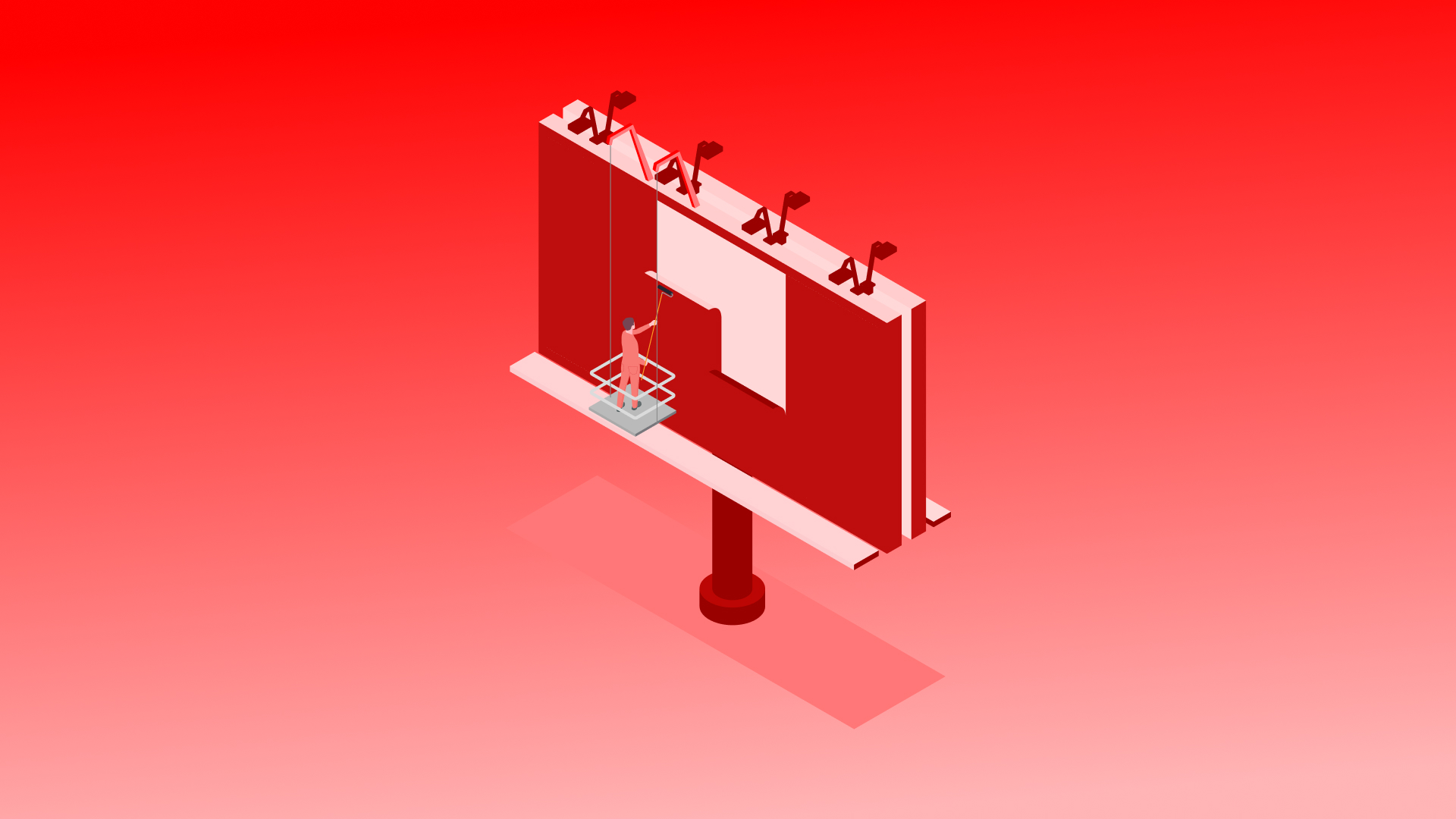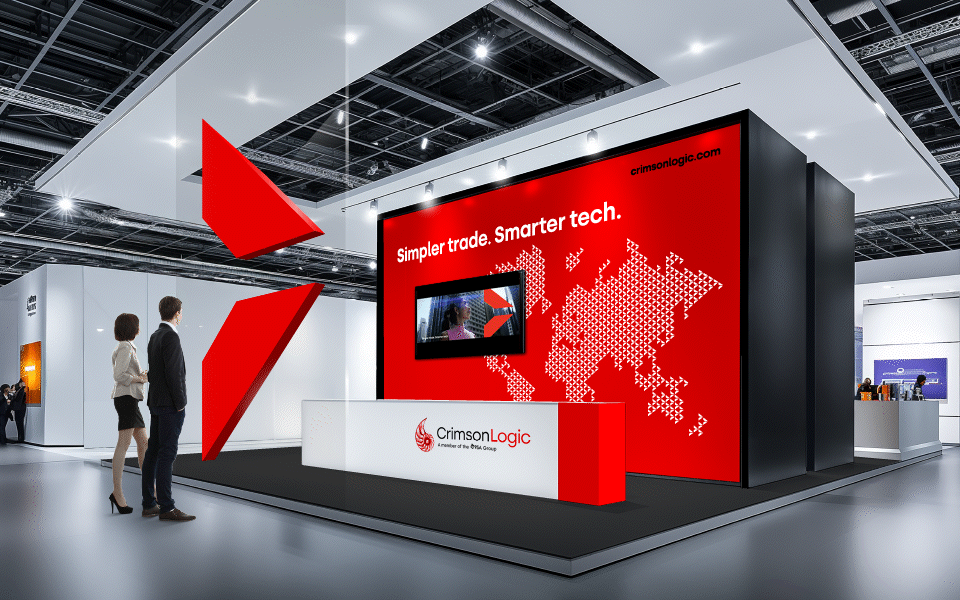What is OOH Advertising? A Beginner's Guide
Uncover the power of OOH advertising with formats like billboards and transit ads. Boost reach and impact. Elevate your campaign now!

Uncover the power of OOH advertising with formats like billboards and transit ads. Boost reach and impact. Elevate your campaign now!


You've probably seen them. The towering digital screens at Orchard Road shift every few seconds. The clever posters at your MRT station that somehow make you smile during your morning commute. The sleek displays in VivoCity that catch your eye whilst you're queuing for your bubble tea. Big screens, bus-shelter posters, mall digital walls, they're everywhere.
But here's the question that matters: How can these work for you?
Out-of-Home advertising or OOH, as we call it in the trade, means any advertising you encounter when you're outside your home. Walking to the hawker centre. Commuting to the office. Shopping for groceries. It's the billboard you pass on the expressway, the bench advert you sit on whilst waiting for the bus, the airport display that welcomes you home from your holiday.
And right now, in Singapore's hyper-connected, perpetually moving urban landscape, OOH matters more than ever. Think about it. Your audience is drowning in digital noise. Their Instagram feeds are packed. Their inboxes overflow. Banner blindness is a real phenomenon, and ad blockers are increasingly prevalent.
This guide will walk you through what OOH advertising is, how it works in practice, why it delivers results, what makes Singapore's market unique, how you can plan your first campaign, and which metrics actually matter.
Quick Dive in:
Let's start with the fundamentals. OOH advertising encompasses both traditional static formats and their digital descendants. It's a remarkably diverse medium, spanning everything from classic billboards to the latest interactive digital installations.
The main formats you'll encounter include:
Then there's the digital evolution. DOOH—Digital Out-of-Home refers to electronic screens that can display static or dynamic content. Think of those vibrant LED displays you see in Orchard Road or the digital panels in MRT stations. And now, pDOOH (programmatic Digital Out-of-Home) allows you to buy and optimise these placements using data and automation, much like programmatic display advertising online.
This is where Vantage can help you stay ahead. Don't just buy screen space: own the moment. Book a strategic brand discovery session.
People are still leaving their homes, they're still commuting, shopping, travelling, and socialising in physical spaces. And in these moments, OOH captures attention in a different way.
It's large, unavoidable, and strategically placed where your audience is actually located. Unlike a mobile ad that competes with a dozen other notifications, a well-placed OOH advert commands attention simply by being there, in the right place, at the right time.
OOH delivers benefits that digital channels struggle to match. Let's talk about why it deserves a place in your marketing mix.
OOH captures audiences in motion, outside the fatigue of endless screen time. Your message reaches people during their daily routines, not competing with cat videos or breaking news alerts, but existing in their physical world. In a city-state like Singapore, where foot traffic concentrations are extraordinary, a single well-placed display can reach tens of thousands daily.
Studies consistently show that OOH generates impressive recall rates compared to many online media. There's something about physical presence, the scale, the context, the repeated exposure during familiar routes that etches messages into memory. When someone sees your billboard during their daily commute for two weeks straight, that's powerful reinforcement.
Here's where it gets interesting. OOH doesn't just work on its own; it amplifies your online efforts. Research shows that OOH drives search traffic, social media engagement, and website visits. People see your message on a billboard, then look you up on their phones. They spot your advert at the MRT station, then engage with your brand on Instagram. OOH creates that crucial first touchpoint that leads to digital action, thereby strengthening your omnichannel strategy.
Singapore is practically built for OOH advertising. The dense urban environment results in high foot traffic in concentrated areas. The exceptional public transit system (with 3.41 million average daily ridership on the MRT) creates captive audiences. Significant shopping and airport presence provide premium venues. It's an OOH advertiser's dream canvas.
Whilst premium locations command premium rates, many OOH formats offer remarkable cost-per-impression efficiency. Static placements, in particular, deliver continuous exposure for weeks or months, your message working 24/7 without additional spend. Compare that to digital ads that require a constant budget to maintain visibility.
Also Read: Corporate Branding That Resonates: A 2025 Guide for B2B Companies
Think of this as your roadmap; each step builds on the last, creating a cohesive strategy that transforms a good idea into measurable impact. Whether you're dipping your toes into OOH for the first time or refining your approach after previous attempts, these nine steps will guide you from initial concept to optimised execution.
The beauty of OOH is that it's both an art and a science: creative enough to capture imagination, strategic enough to drive business outcomes.
Let's look at the details.
What are you actually trying to achieve? Brand awareness for a new launch? Driving foot traffic to a store opening? Supporting a digital campaign? Promoting a time-sensitive offer? Your objective determines everything else: format, location, creative, and measurement. Be specific.
Who are you reaching, and where are they? Commuters travelling between the CBD and residential areas? Shoppers browsing weekend malls? Tourists exploring Singapore? International travellers through Changi? Utilise local insights to gain a deeper understanding of movement patterns. Where does your audience spend time? Which routes do they take? When are they most receptive?
Match audience, environment, and message. Busy commuters might only glance at your MRT platform screen for a few seconds. Keep it concise and punchy. Mall shoppers have more dwell time, so you can afford slightly more detail. Airport travellers are often in a relaxed, exploratory mindset, making them perfect for longer engagements. The format should serve the message and the context.
OOH creative has one cardinal rule, which is simplicity: big visuals, short copy, immediate impact. People see your advert whilst moving, often for just seconds. Your message must register instantly. Use bold imagery, minimal text (think seven words or fewer as a guideline), high contrast, and clear branding. If you want digital follow-through, consider integrating QR codes, handles, or memorable URLs, but ensure not to let them clutter your core message.
Cost drivers include location (premium areas cost more), screen size and format, digital versus static (digital typically commands higher rates but offers flexibility), and duration. Get quotes from multiple vendors. Consider package deals or shared rotations to stretch your budget. Keep in mind that OOH often requires an upfront payment for the entire campaign duration.
Static placements require lead time for production and installation, typically 2-4 weeks. Digital bookings can be quicker, but premium slots fill fast. Decide on campaign duration: shorter bursts for time-sensitive promotions, longer runs for brand building. Digital formats offer flexibility to update creative mid-campaign; static placements lock you in.
OOH shouldn't exist in isolation. Ensure it aligns with your online channels. Create a campaign landing page. Use a specific hashtag. Run complementary social media. Mention your OOH placement in email newsletters. The magic happens when offline and online work together, creating multiple touchpoints that reinforce your message.
What will you track? Impressions and reach estimates (based on location traffic data). Foot traffic uplift (if you're driving store visits). Online search lift (monitoring brand searches during the campaign). Website traffic and conversions (especially if you include URLs or QR codes). Social media engagement. Local measurement options include mobility data from telcos, footfall analytics from mall or transit operators, and surveys. Set benchmarks before launch so you can measure actual impact.
If you're using digital formats, you can update creatives based on performance, test different messages, images, or calls-to-action. Even with static placements, capture learnings for next time. Which locations performed best? What resonated? How did OOH integrate with your other channels? Document everything for future campaigns.
OOH isn't standing still. The formats, buying methods, and capabilities are evolving rapidly, and if you understand where the medium is heading, you can position yourself ahead of the curve.
What seemed cutting-edge just two years ago is becoming standard practice. What seems experimental today will be mainstream tomorrow. The smart investors aren't just running OOH campaigns; they are planning to adapt to changes and gain an edge.
Now, let's look for trends to watch.
OOH is not "set and forget." The formats and metrics are evolving. Suppose you adopt early, experimenting with programmatic buying, leveraging new data capabilities, or creating innovative experiences. In that case, you gain a competitive advantage while others are still thinking of OOH as just "billboards."
You've now uncovered the core of Out-of-Home (OOH) advertising—what it is, why it matters, how to plan your first campaign, and how it integrates with your broader marketing strategy. But there’s one final takeaway: OOH is more than just a static billboard or a digital screen; it's an immersive, impactful, and flexible tool that can drive results in an increasingly digital world.
Singapore’s urban landscape presents unparalleled opportunities for brands to connect with people where they live, work, and commute. Whether you’re aiming to increase brand awareness, drive foot traffic, or amplify your digital campaigns, OOH is a powerful, tangible way to make your message unmissable.
Explore the Vantage Branding Portfolio and review our case studies on how foundational brand strategy transforms market presence in Southeast Asia.
1. Is OOH advertising only for large corporations with big budgets?
Absolutely not. Bus shelters, neighbourhood digital screens, and shared rotations make OOH accessible from $1,000 monthly. Strategic placement matters more than budget size; small brands often outperform by choosing highly relevant locations.
2. Can I change my OOH creative once the campaign is running?
With digital OOH, you can update creative within hours. Static billboards lock you in for the campaign duration. This flexibility is one reason many brands are shifting to DOOH formats.
3. How do I measure if my OOH campaign actually worked?
Track unique URLs, QR code scans, location-based search lifts, foot traffic changes, and social media engagement spikes. Modern measurement tools use mobile data and footfall analytics for precise attribution beyond basic impressions.
4. Is OOH only effective for big, established brands?
Not at all. SMEs and startups can leverage smaller formats, strategic neighbourhood placements, and shorter durations effectively. OOH accessibility has improved significantly with digital formats and flexible buying options.
5. What's the minimum campaign duration that makes sense for OOH?
Two weeks minimum for static placements to allow repeated exposure. Digital campaigns can run shorter—even days for event promotions. However, brand awareness typically benefits from 4-6 week runs to build meaningful recall.


